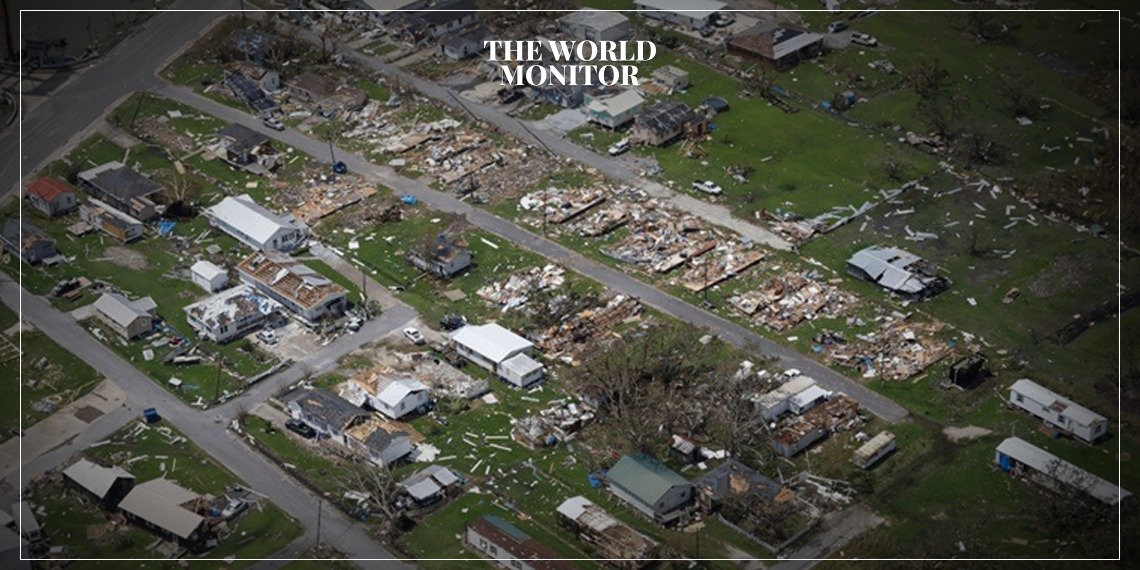Waves of severe thunderstorms in the U.S. during the first half of this year have led to $34 billion in insured losses, an unprecedented level of financial damage in such a short time. Climate change continues to exacerbate the frequency and severity of these violent meteorological events.
Damages from convective storms in the U.S., often accompanied by hail, lightning, heavy rain, and high winds, have made up nearly 70% of the $50 billion in global catastrophic damages so far this year, Swiss Re Group revealed on Wednesday. These global figures also encompass earthquakes in Turkey and Syria.
The U.S. storms have been particularly severe. Ten storms resulted in damages of $1 billion or more, nearly doubling the average recorded over the past decade. Texas emerged as the state most severely affected.
Swiss Re Group’s Chief Economist, Jérôme Jean Haegeli, said, “The effects of climate change can already be seen in certain perils like heatwaves, droughts, floods, and extreme precipitation… land use planning in more exposed coastal and riverine areas, and urban sprawl into the wilderness, generate a hard-to-revert combination of high-value exposure in higher risk environments.”
As we move into the second half of the year, several significant meteorological events have already occurred, including heatwaves in the U.S., Northwestern China, and Southern Europe, along with wildfires in Greece, Italy, and Algeria. Damages and insurance losses are still being assessed.
The increasing frequency of extreme weather is causing disruptions within the insurance industry. Some companies have retreated from hard-hit states like Florida and California, despite years of skyrocketing premiums.
Names like State Farm and Allstate have scaled back from California’s home insurance market, while AAA has limited its exposure in Florida, citing last year’s devastating hurricane season and rising reinsurance rates.
The market reaction reveals a growing anxiety among insurers about climate change’s impact on weather patterns, including the strength of hurricanes and intensity of rainstorms.
The first half of 2023 has set a grim record in weather-related damages in the U.S., with clear indications that climate change is a contributing factor. The aftershocks of these events are reverberating throughout the insurance industry, leading to fundamental shifts in policy and a renewed focus on sustainability and risk management.






